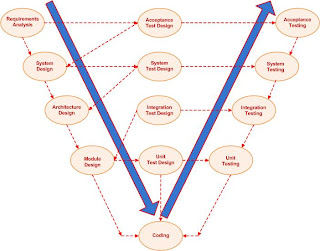What is Tetsing?
Sunday, March 29, 2009
Before starting in details, pause for a second and try to answer – What is TESTING?
Is it
A process of demonstrating that errors are not present?
OR
A way of establishing confidence that a program does what it is supposed to do?
OR
A means of achieving an error-free program by finding all errors?
Let’s answer this.
Testing is –
- A process of executing a program with the intent of finding errors.
- A “DESTRUCTIVE”, yet creative process
Now the next question is Why Testing?



